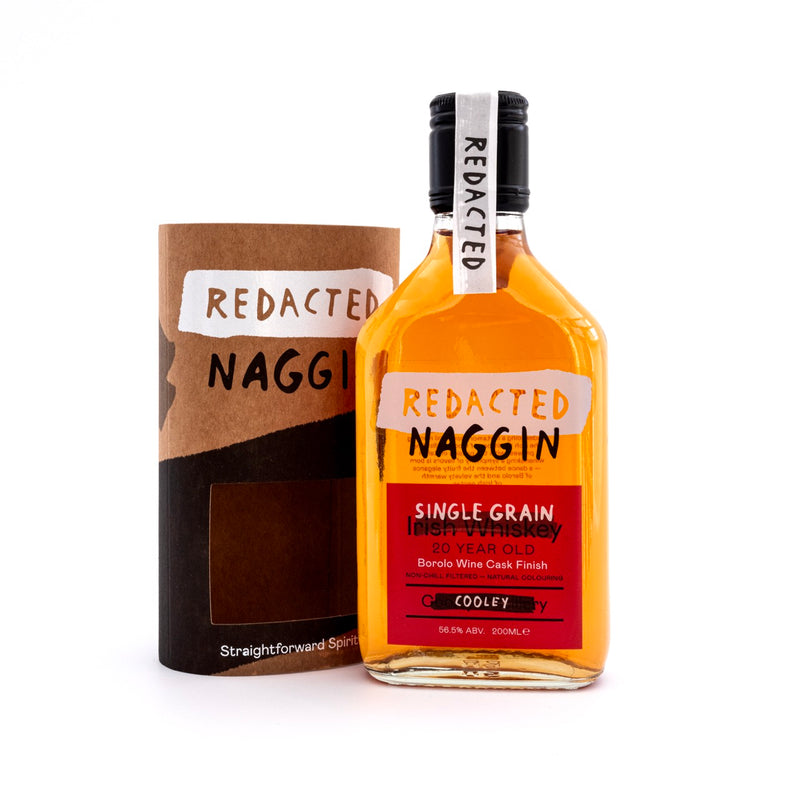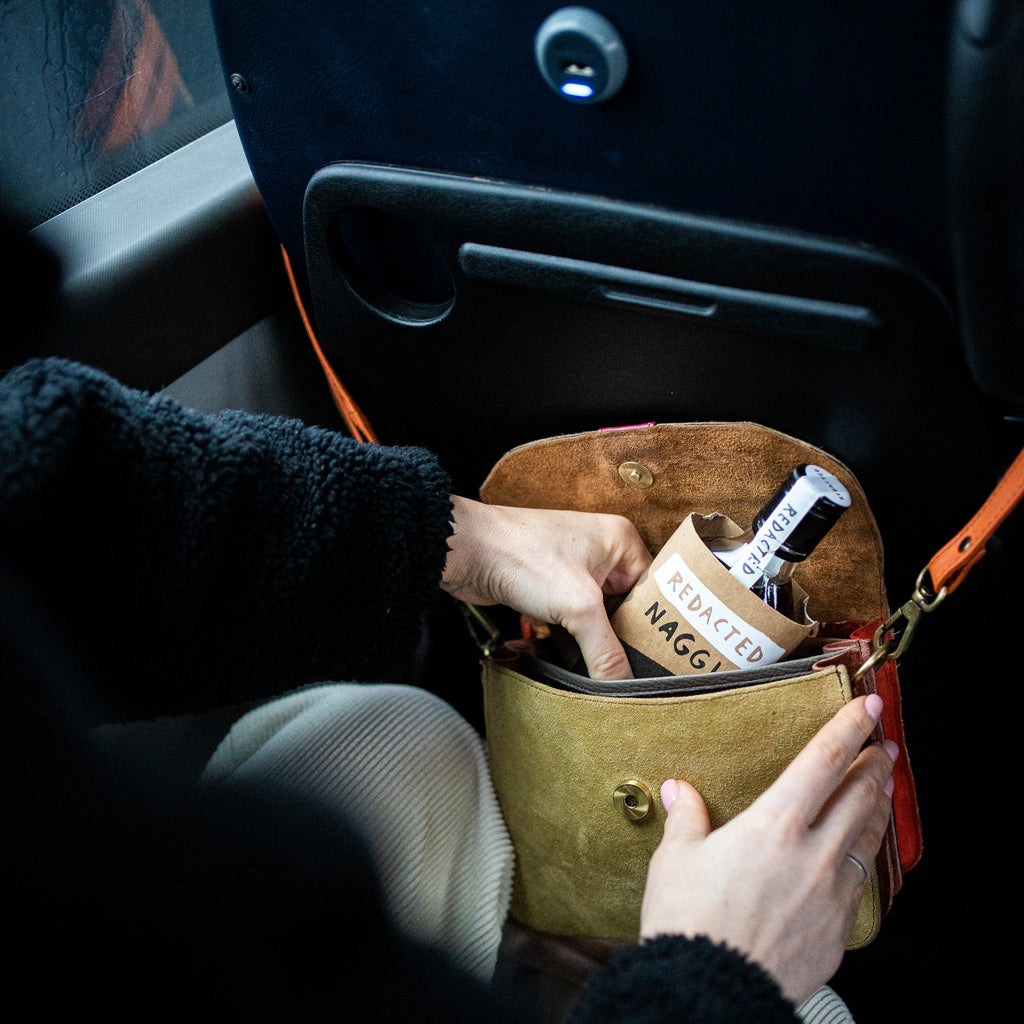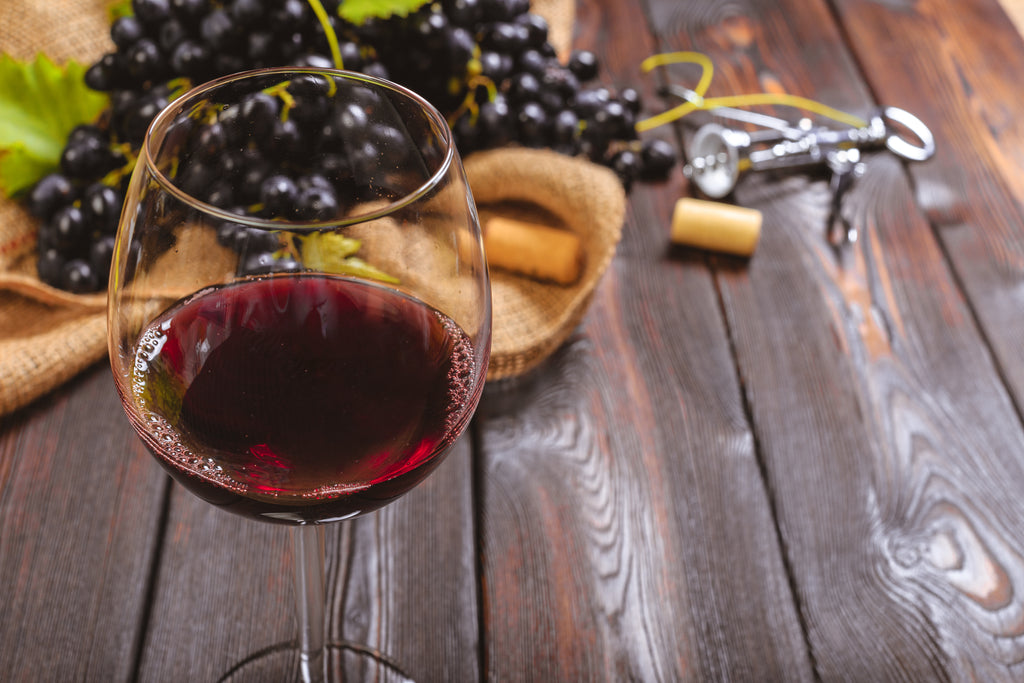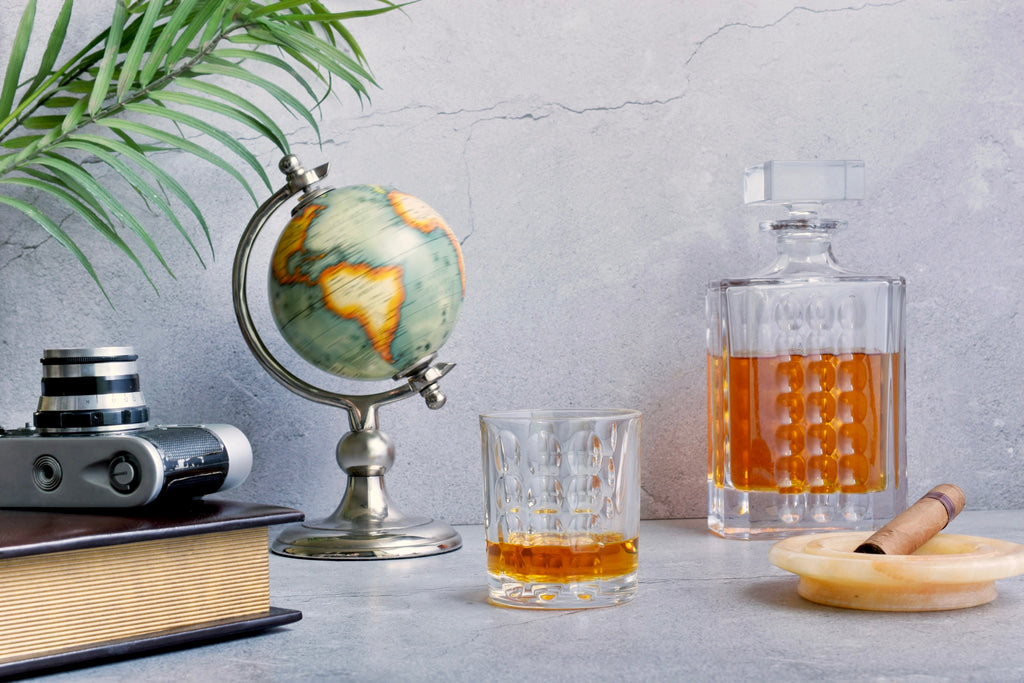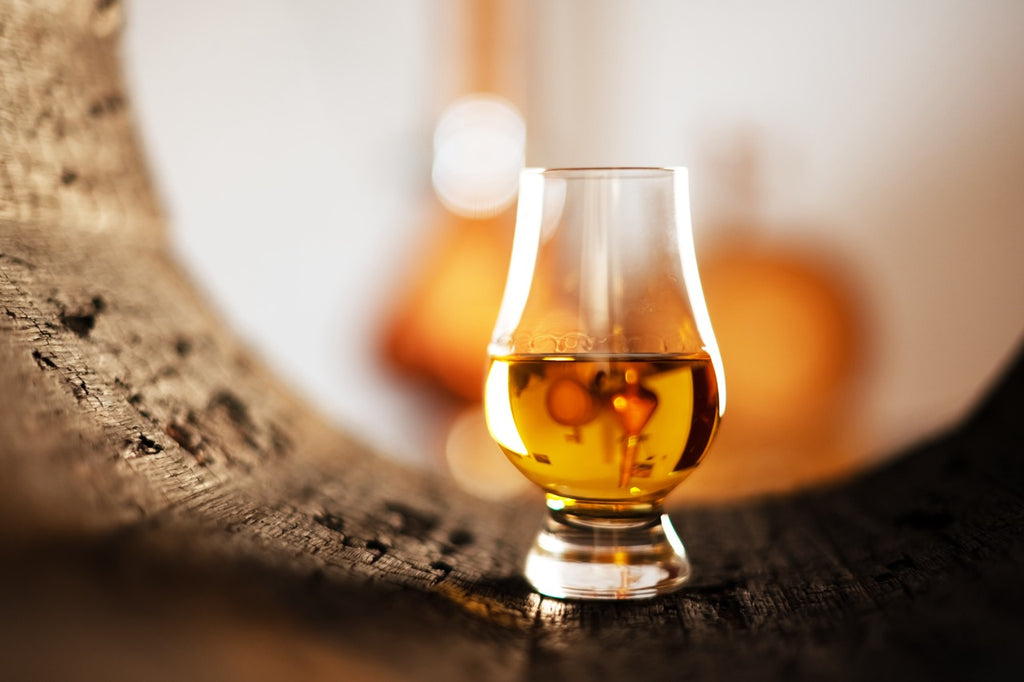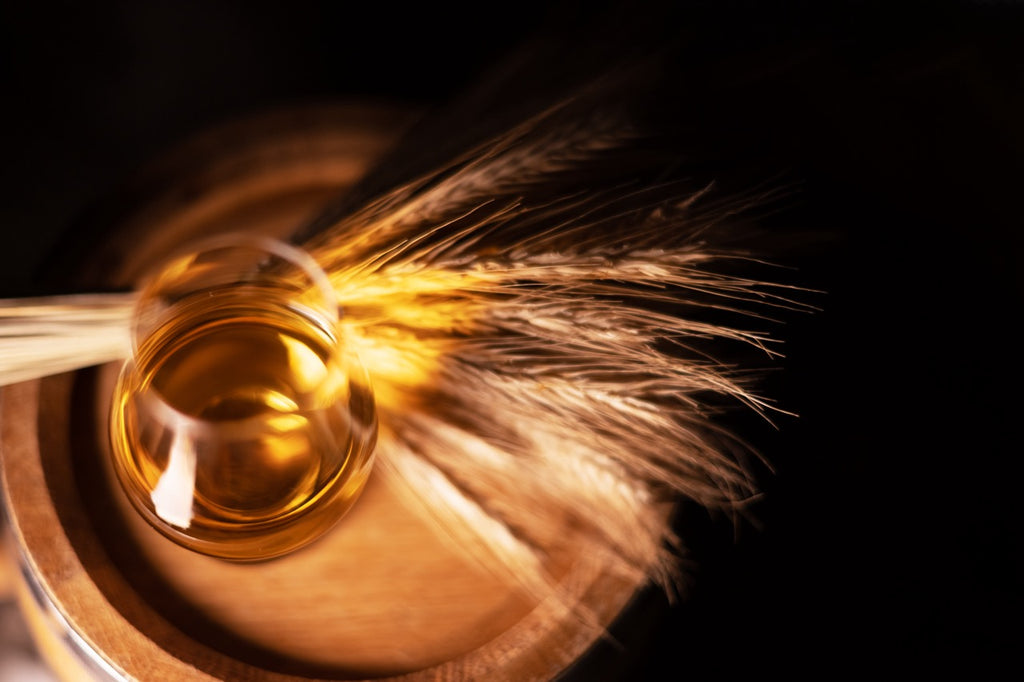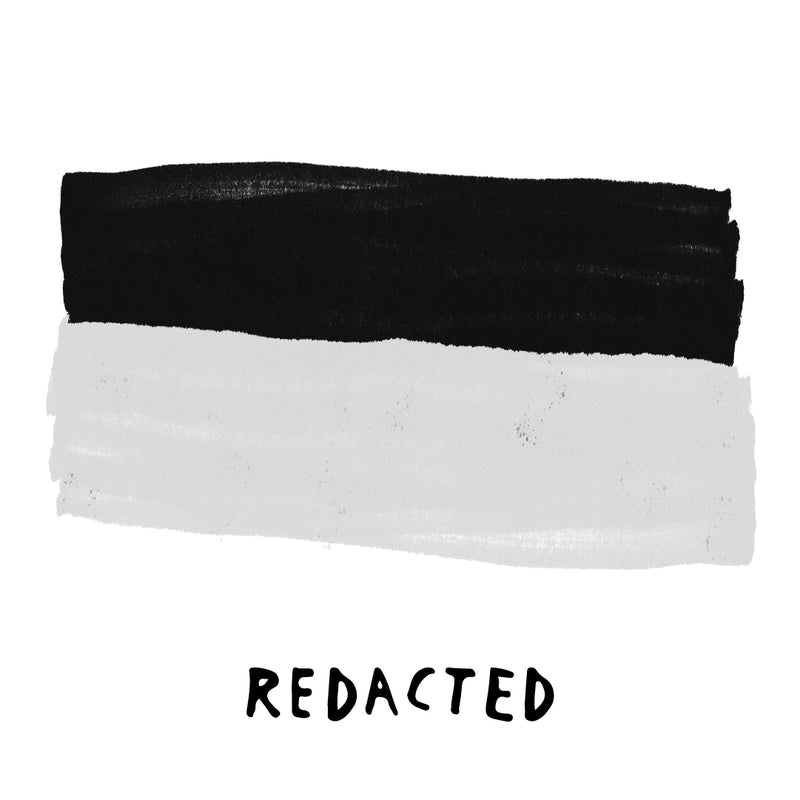
Here is what we know about Barolo wine. To begin with it is from northwest Italy and produced in the Piedmont region. Made primarily from the Nebbiolo grape variety known for its high acidity, firm tannins, and complex flavours. Regarded as one of Italy's greatest wines for its structure and complexity.
Grape Variety
Predominately made from Nebbiolo grapes. Grown in specific vineyard sites within the Barolo DOCG (Denominazione di Origine Controllata e Garantita) zone. Knowen for their thick skins which contribute to the wine's deep colour and tannic structure.
Terroir
It just means soil and land. When wine people talk about it, it's how the land can influence the grapes and finished wine. The Barolo region for example has a unique terroir. Characterised by its hilly landscape, limestone-rich soils, and continental climate. These factors, combined with the Nebbiolo grape variety, contribute to the distinctive character of Barolo wines.
Vinification:
Barolo wines undergo a relatively long maceration and fermentation process, which helps extract colour, tannins, and flavour from the grape skins. After this stage to legally be called Barolo wine it must be aged in oak barrels for a minimum of two years. However, some producers opt for longer aging periods to enhance complexity and develop tertiary aromas and flavours.
Flavour Profile
Barolo wines typically exhibit a complex bouquet of aromas, including red fruits (such as cherry and raspberry), floral notes (such as rose and violet), earthy undertones (such as truffle and tar), and spice (such as cinnamon and liquorice). On the palate, Barolo is known for its firm tannins, high acidity, and full-bodied structure, with flavours that evolve and develop over time.
Aging Potential
Renowned for its ability to age gracefully. Often improving in complexity and nuance over several decades. As young Barolo wines can be quite tannic and tightly wound, benefiting from aging to soften and integrate their components. With time, Barolo develops tertiary aromas and flavours. Think of leather, tobacco, and dried fruit, all the while retaining its characteristic freshness and acidity.
Worldwide, Barolo is considered a wine of great depth, complexity and elegance. Bit like ourselves. Therefore it is often enjoyed on special occasions or paired with hearty, rich dishes. More importantly some of the barrels in which the wine was matured in can be used to age or finish whiskey.
At Redacted Whiskey we knew our single grain was amazing but we wanted to ramp it up just a little bit. So as an added component to the fantastic 20 year old fruity and floral Cooley Distillery aged grain richness, depth and complexity was added. The cask we used was a 225L Gaja Dagromis Barolo DOCG cask from the 2017/2018 vintage.
You know by now of course why we choose to why finish in an ex-Barolo wine cask? Because it’s delicious obviously.
P.S.
Did we know we spelt Barolo wrong on the front label of every single bottle? No.
However, did anyone praise us for spelling it corretly on the back of every single bottle? No
Shall we spend more time spell checking things before they go to print. Probably.



